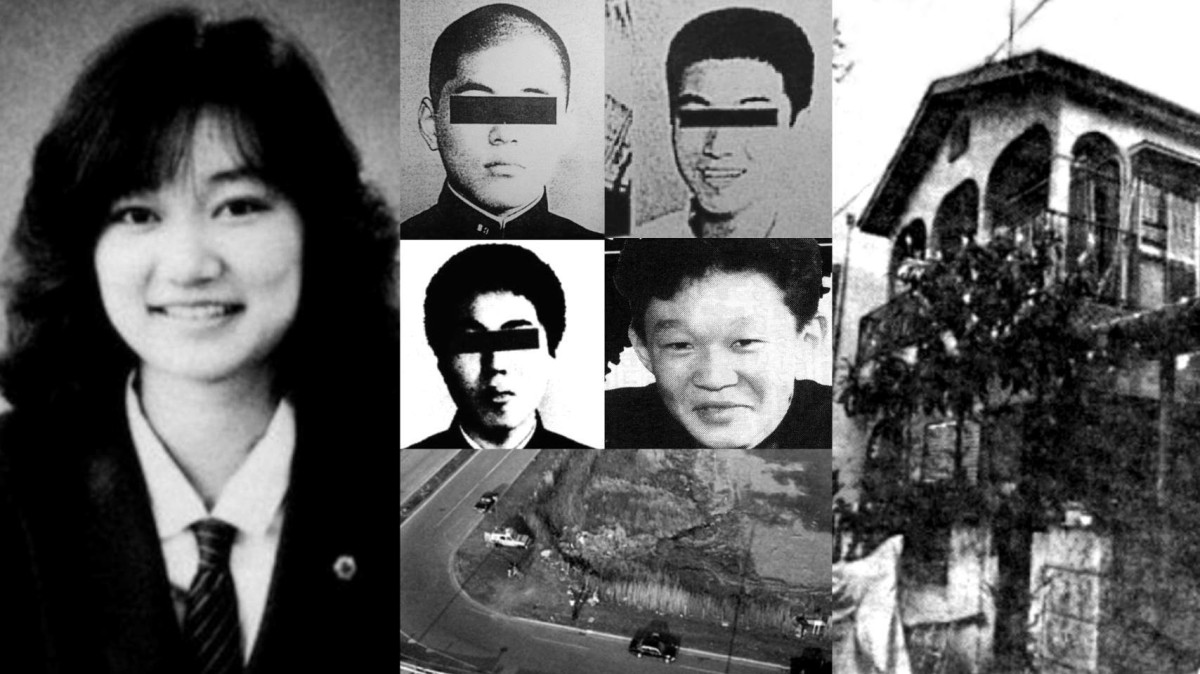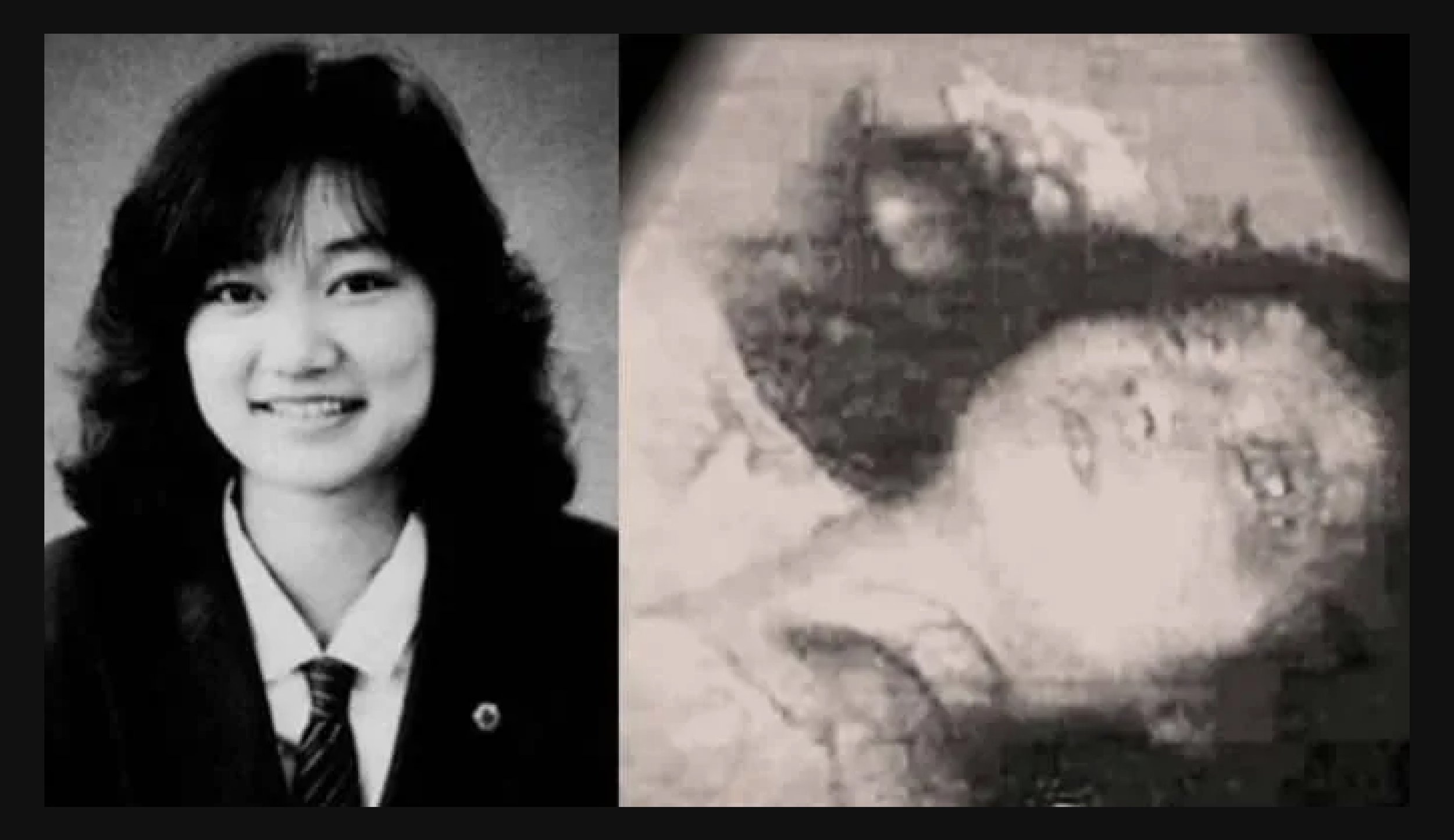Junko Furuta Case: A Reminder Of Humanity's Dark Side & Its Aftermath
Can a single act of cruelty shatter not just a life, but the very foundations of a society's understanding of justice and morality? The case of Junko Furuta, a name etched in infamy, serves as a resounding and horrifying affirmation.
The story, as recounted in countless forums, articles, and documentaries, is a relentless descent into the darkest corners of human behavior. The details, brutal and unforgiving, paint a picture of unimaginable suffering. It began on November 25, 1988, in Yokohama, Japan, when the life of a promising high school student named Junko Furuta was irrevocably shattered. Her abduction marked the start of a 44-day ordeal, a period defined by unspeakable torment and depravity. The perpetrators, a group of young men, subjected her to a litany of abuses that continue to shock and horrify those who learn of them.
To understand the case of Junko Furuta is to confront a reality where the lines between victim and perpetrator blur, where the concept of justice seems to falter, and where the resilience of the human spirit is tested beyond its limits. The original house where the atrocities took place in Tokyo has since been demolished and rebuilt. However, it's a grim reminder of the events that unfolded within those walls, a testament to the lasting impact of this heinous crime. The adjacent houses still stand, and the telephone pole that the boys climbed to reach Junko on the second floor without using the front entrance is still there. The case continues to spark debate and introspection about the flaws within Japan's legal system, the treatment of juveniles, and the societal factors that may have contributed to the events.
- Hubflix Streaming What You Need To Know Before Watching
- Nicole Wallace Gabriel Guevara What Really Happened
| Category | Details |
|---|---|
| Full Name | Junko Furuta |
| Date of Birth | January 18, 1971 |
| Place of Birth | Misato, Saitama Prefecture, Japan |
| Date of Death | January 4, 1989 |
| Age at Death | 17 years old |
| Cause of Death | Severe abuse, torture, and murder |
| Education | High school student, less than five months away from graduation at the time of her abduction. |
| Known For | Victim of a highly publicized and brutal case of torture, sexual assault, and murder in Japan. |
| Key Aspects of the Case | 44 days of captivity, torture, and abuse by a group of young men; the involvement of numerous individuals who either participated or failed to report the crimes; and the lenient sentences handed down to the perpetrators, which sparked controversy and debate in Japan. |
| Legal Status of Perpetrators | The perpetrators were tried as juveniles, which led to significant controversy over the leniency of the sentences. |
| Cultural Impact | The case has been the subject of numerous books, films, and documentaries, serving as a stark reminder of the depths of human cruelty and the vulnerability of victims. It has also sparked debate about juvenile justice and the importance of societal responsibility. |
| Notable Details | The case involved approximately 100 people who knew about Junko's captivity but did not intervene; the perpetrators' actions included a wide range of physical and sexual assaults. |
| Legacy | The case continues to be remembered as a symbol of the failure of the justice system and the potential for profound trauma, and it serves as a call for awareness and prevention of child abuse. |
| Further Reading | Wikipedia - Murder of Junko Furuta |
The brutality of the case is compounded by the knowledge that approximately 100 people were aware of Junko's captivity, yet either actively participated in the abuse or chose to remain silent. The silence of these individuals speaks volumes about the social dynamics at play, raising difficult questions about complicity and the courage required to stand against evil. The events that unfolded within that house in Tokyo were a chilling testament to the depths of human depravity, a stark reminder of the vulnerability of individuals in the face of organized violence.
The trial and subsequent sentencing of the perpetrators further amplified the outrage. The sentences, widely regarded as lenient, sparked a national debate about the fairness of the juvenile justice system and the societal values at play. The article appearing in Shukan Shincho (September 6, 2018) described the subsequent arrests of the three convicted killers as a defeat of the juvenile law, highlighting the enduring controversy surrounding the case.
Beyond the immediate horror of the crimes themselves, the case of Junko Furuta offers a chilling case study in the potential neurological impact of extreme and prolonged abuse. While it is impossible to directly examine Junkos brain, her case provides a tragic framework for understanding how severe trauma can potentially alter the very structure and function of the brain. The relentless nature of the abuse, the psychological manipulation, and the constant threat to her life likely had profound and lasting effects on her cognitive and emotional well-being.
- Katmovie18com Is It Safe Reviews Competitors Latest Info
- Exploring Tami Tsunami Leaks Onlyfans More Uncovered
The case of Junko Furuta is a reminder that the legal system often struggles to provide adequate justice. In 2004, a feature film, "Concrete," was based on the case. The film directed by Katsuya Matsumura, and a manga illustrated by Kamata Youji, helped keep the case in the public eye, but it also demonstrated that the full extent of the suffering endured by Junko can scarcely be conveyed, even through the most graphic depictions. The film's release served as a painful reminder of the systemic failures that allowed the tragedy to occur and the challenges of rehabilitation that often follow such heinous crimes.
The story of Junko Furuta should not be forgotten. She was a bright and promising student, someones daughter, sister, and friend. The details of the case are extremely graphic and difficult to stomach, the case details were so morbid, they caused court spectators to faint when read aloud. The photographs humanize her more than the photo on her Wikipedia page. In every single one, she has hope for her future. Her story serves as a call for awareness and prevention of child abuse, and it reminds us of our collective responsibility to protect the most vulnerable among us. It is a story of unspeakable cruelty, a chilling testament to the depths of human depravity. The case, which shook Japan to its core, has and continues to inspire outrage and introspection.
The diligent pursuit of their investigation by the police could have brought an earlier end to the unimaginable ordeal suffered by Junko Furuta. Had the police officers conducted a comprehensive search of the residence, there remains the possibility that Junko Furutas life could have been saved.
The name Junko Furuta evokes a chilling response from anyone familiar with her tragic story. It is a story of unspeakable cruelty, a chilling testament to the depths of human depravity, and a stark reminder of the vulnerability of individuals in the face of organized violence.

Murder of Junko Furuta Concrete Case
.jpg?format=2500w)
Episode 366 The Korean “Junko Furuta” Case 26 Days Of Torture, SA

The Story of the Japanese Girl Junko Furuta Full Case Study with Facts